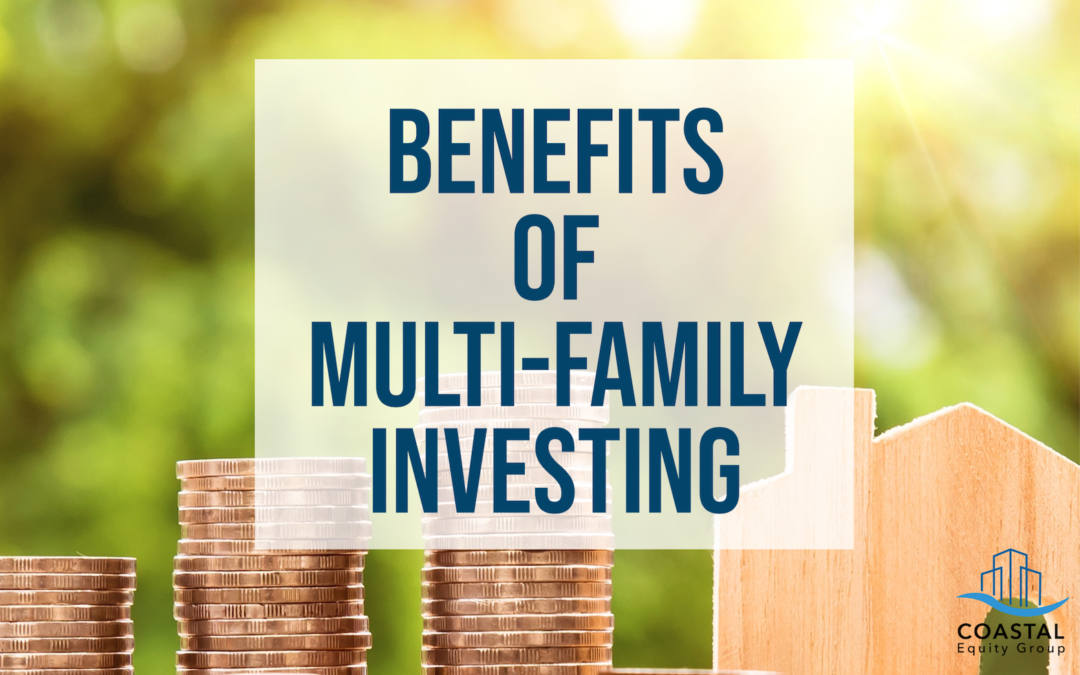In the word of real estate investing, some think that the jump from single family homes to multifamily investing is full of high barriers to entry, but we are here to set the record wrong.
With the launch of our new multifamily program, we wanted to go over four benefits that we felt to be pertinent to the multifamily sector.
1)Tax Benefits
One of the great things about real estate investing is the opportunity for depreciation. In terms of depreciation, we can apply straight line depreciation over 27.5 years of the assets value.
Whether the goal is to sell the property after a short period of time by increasing rents and adding value or holding the property for cashflow and appreciation, there will come a time the investor sells the asset and will sell it for a higher price than they paid. Therefore, they will be faced with capital gains.
One tax advantage is that the investor can perform a 1031 exchange and defer these capital gains by reinvesting in a similar property. The investor will have 45 days to identify the new property and 180 days to close.
2)Cashflow
One of the greatest benefits of multifamily properties is we rarely see 100% vacancies. With a single-family home if your tenant moves out of the property is no longer cash flowing. But, in a 20-unit apartment complex if we have a 25% vacancy, we still will have cashflow from the other 15 units.
We also see that these properties can be somewhat easier and cheaper to manage. We have 1 roof instead of 20 and 1 lawn instead of 20 scattered around a city or the nation. This helps keep costs manageable in terms of logistics and economies of scale.
3)Scalability
The scalability of your investment portfolio can exponentially expand with the addition of multi-family properties. You no longer are adding one door at a time but multiple doors to your portfolio per transaction.
4) Value Add Opportunities
Many multifamily properties have deferred maintenance for a variety of reasons. One strategy for real estate investors is to improve the property, stabilize rents, increase net operating income, and resell at a market cap rate.
This requires knowing what a similar property / asset class is selling in that geographic location. Let us see how this could affect the value of the property. For this example, let’s say we can bump NOI by 30% and the market cap rate for this asset is 7%.
Let’s say that the property was brining in $100,000 of net operating income a year, but after stabilizing rents the property is now bringing in $130,000.00 of net operating income a year. How could this affect the sales price of the asset:
Property Value = NOI / Cap Rate $100,000.00/.07 = $1,428,571.00
Property Value = NOI / Cap Rate $130,000.00/.07 = $1,857,142.00
As you can see, multi family investing can be very lucrative. I hope you all find these benefits helpful in navigating the multifamily investing sector and realize the jump to multi-family isn’t as daunting as it seems.

